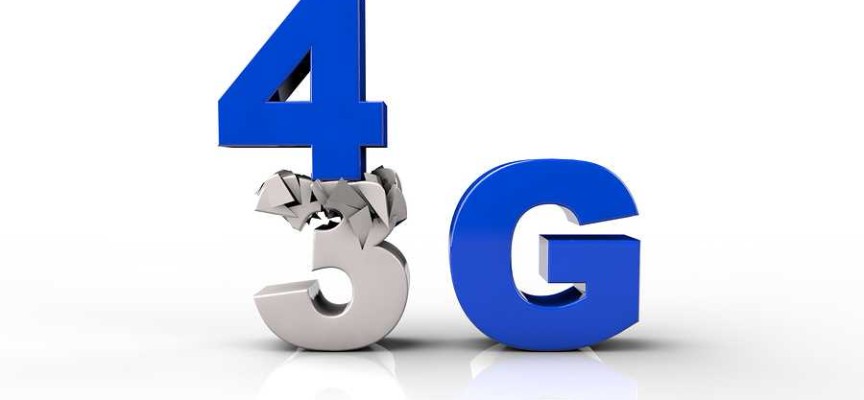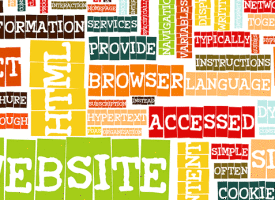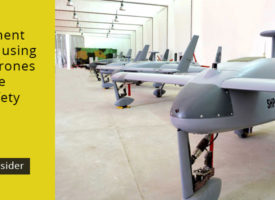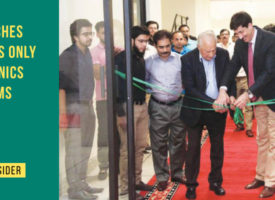Telecom companies in Pakistan have now officially launched their 3G and 4G services after acquiring the networks in the auction for next-generation cellphone spectrum licenses.
Pakistan was the last in the region to upgrade to the latest in wireless technology, following India, Afghanistan and Bangladesh. But the country made a significant amount of money from the bids made by private mobile services providing companies and the slight delay has only meant the actual advent is even more powerful.
The sale of 3G blocks at the auction raised 902.82 million US dollar; and were promptly acquired by Zong, Mobilink, Ufone and Telenor. Besides that, Zong also successfully bid for one of the two 4G blocks available at 210 million dollars. This brought the total amount raised from the sales to 1.182 million dollars, adding a significant amount to the national treasury.
The question these figures beg to ask is what makes these two technologies worth all this money? What difference do these new services really make to the consumer? And at the end of the day, what good do they do to Pakistan? These are the issues we shall explore in this article.
The G in 3G and 4G stands for Generation; these are the latest in wireless communication technology. They are meant to replace and succeed old 2G services that use the GPRS or EDGE technologies and were until recently all that were available to consumers on Smartphones in Pakistan.
These terms all refer to wireless data transfers, and what differentiates them all is the speed of communication. 3G and 4G are networking technologies that can provide far more superior and high speed data services on mobile devices such as phones, laptops and tablets. 3G is many times faster than 2G internet, and 4G provides 5 times the speed of even that. These therefore trump the old 2G GSM networks and open up new possibilities in the world of wireless internet connectivity and 3G and 4G enabled smartphones.
Here are some of the ways you, as a consumer, can benefit from the latest:
Faster Downloads:
Documents, music and movies will download at a much faster rate, and even larger media files can be accessed far more quickly than ever possible before. While previously just previews could even take up to several minutes to load, now email attachments and torrents will download much more efficiently.
Video Calling:
Instead of simple calls that have only audio, the new services make it possible to transmit visuals as well, without the use of third party video conferencing apps. This means you can Why settle for only hearing the voices of your loved ones when you can have a far richer, better communication experience by video calling instead?
Streaming:
There will be no more need to wait for a clip to buffer, as the video will load as you watch. This means no lags or messed up bits either, and the videos will play more smoothly than they used to on 2G networks.
Mobile TV:
Though technically it has always been possible to watch live TV on your phones, the quality of the video and audio that was actually received and observed made this a quite an unviable entertainment option for many. However, with the advent of 3G in Pakistan, you can now watch properly streamed shows using your data connection. So if there’s something you need to watch and there’s no TV around, you can watch on your phone.
Internet on other devices:
You can connect and use your phone handsets as a modem for your computers or laptops to access the internet on there.
More entertainment options:
There will be a shift from voice-centric facilities to more multimedia oriented options and many new applications will come into the market to reflect these changes.
There’s also the big picture to consider when it comes to new technology. Here are some of the ways Pakistan will be affected:
Smartphone Sales:
According to a PEW report earlier this year, only 3% of the mobile phone owning population are smartphone users. And other statistics put the percentage of smartphones among imported phones to be 15%. This means there is a wide allowance for an increase in sales and profits will rocket as there is a rise in demand for phones allowing the use of 3G and 4G technology.
According to United Mobile Director, Ejaz Hussain, the demand “can increase by 50% within a year once 3G service is available in the country.”
Governance:
The government of Pakistan aims to improve medical and educational facilities by the use of 3G services. This can be achieved through the use of telemedicine and the sharing of information once far flung areas are connected to the urban centers through the new, more viable internet facilities. The government has already incorporated the use of mobile technology into their governing affairs and programs such as the “Dengue Tracking System” can do even better with the new services available.
Dr. Umar Saif, the chairman of the Punjab Information Technology Board (PITB), is particularly hopeful about the difference these services can make. According to him, “Currently, we are looking at 160 such projects in Punjab only. The arrival of 3G services means a lot to us. With the arrival of 3G services, education would go through some transformation and will benefit distance learning especially in remote areas.”
There is a possibility of using 3G and 4G services to better the performance of many factors in other spheres of life. The possibilities are endless. Agriculture, our most important sector of the economy, can greatly benefit from the new found prospects. Farmers can access resources, finance, and new markets and information about new cultivation techniques, weather updates, and prices of competitors.
Entrepreneurship and jobs:
New technologies inevitably lead to new opportunities and avenues for growth. New start-ups are likely to be observed as the both the factor and product markets expand. Besides direct increased job creations in the field of technology and e-commerce, there will also be potential increase in employment in companies that grow as a result of these new services.
Broadband Users:
According to analyses based on the performance of similar countries after the launch of the new technologies, a low demand of 6 million broadband subscribers and a high demand of almost 10 million are anticipated before the end of 2014.
Rise in Incomes:
ITU World Telecommunications Database Statistics claim that for every one percent increase in a country’s broadband Internet penetration, GDP per capita increases by almost 10 percent, while one percent increase in mobile penetration translates to a GDP per capita increase of five percent. This will lead to an increase in the living standards in Pakistan.
In August 2013, Plum Consulting conducted a study on the potential effects of the provision of 3G services in Pakistan. The results showed that it could generate additional GDP value between PKR 380 billion and PKR 1,180 billion up to 2020. The government will also receive an additional PKR 23 billion to 70 billion in tax revenue.








Plz jalde say pury mulaik mien 3G or 4G on kar do plz I’m Younis niazi